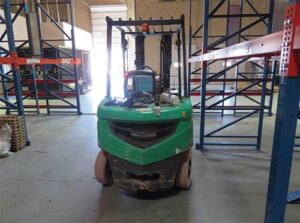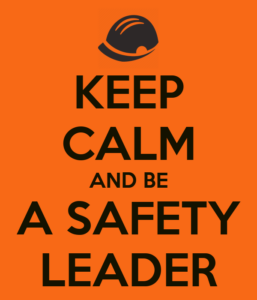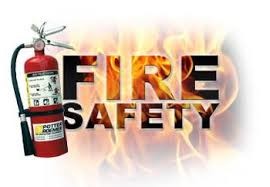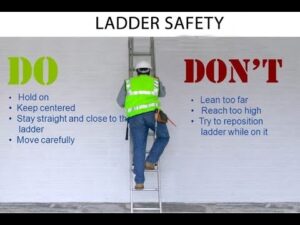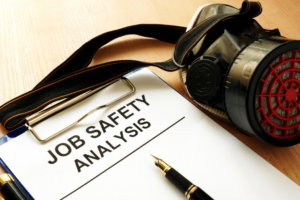Recognized Versus Unrecognized Hazards
April Safety Tip
Recognized Versus Unrecognized Hazards
There are many hazards in our workplaces and at home that can cause great harm if exposed to them. So much time, effort, and money is spent by companies to train their employees to be able to recognize hazards in an attempt to prevent injuries from occurring in the workplace. While it is often thought that new employees of a company who may not understand the hazards of the job are most at risk for injury, a case can also be made for those experienced employees who have become complacent with the hazards of their work.
A question to consider- Which are more dangerous- the hazards we recognize or the ones we do not?
The Dangers of Unrecognized Hazards
Unrecognized hazards create a huge risk of injury on the job. Failure to be able to recognize hazards can result in exposure to every employee in a work area where the hazard is present. A significant goal in return for the time spent discussing safety in the workplace is to improve employees’ abilities in hazard recognition. The thought process being, if employees are able to recognize hazards, they can take action to protect themselves and others from them.
That being said, it is important to consider those employees who have been on the job a long time and recognize the hazards of their work but may not take the necessary action to mitigate the hazards due to becoming complacent or comfortable with the risk associated with them.
Complacency with the Recognized Hazards of Our Work
Workers in their positions for a long time understand the majority of the hazards of their work. Experienced workers have sat through countless hours of safety training and have many hours on the job, which allows them to recognize the hazards of their work. However, this experience can also bring complacency towards taking risks for these workers. Those employees who have been on the job for a long time can be desensitized to the gravity of the hazards around them.
Working around hazards for a long period of time without any negative consequences occurring can create a false sense of security which in turn can lead to an employee being more willing to put themselves in the line of fire. This is often the case when time pressures or pressure for production, even if it is just self-imposed pressure, are present.
How to Identify Hazards
Assessing the work environment for health and safety hazards is important to prevent injuries and illnesses from happening. While there are various methods to identify hazards in the workplace, the following three will help you begin the process of creating an effective IIPP:
- Conduct regular worksite inspections. Walk through the worksite and visually assess the types of equipment, work practices, and any potential hazards that could be harmful to workers.
- Interview workers and managers. This allows workers to express concerns that may not be as obvious when conducting only worksite inspections. Involving workers in the process of identifying hazards also increases staff morale and compliance with safety practices.
- Create a hazard map. Draw a large outline of the worksite(s) and mark existing and potential hazards. Involve workers in this activity to solicit feedback and to increase awareness of the importance of safety in the workplace.
It is important to have several different methods of identifying health and safety hazards to ensure a safe work environment for employees. Taking the necessary steps will make the difference and help to create a health and safety culture that will be beneficial for everyone.
Summary
It is necessary to be able to recognize the hazards of your work; from there, you can take action to protect yourself and your coworkers around you. It is also important to realize that being able to identify hazards does not mean you are now able to take shortcuts during your work.
Some experienced workers may feel that since they understand the hazard and have worked around it for a long time that they do not have to be as cautious or take all the necessary steps to work safely around that particular hazard. Complacency towards recognized hazards can be as or more dangerous than the hazards you do not recognize.



